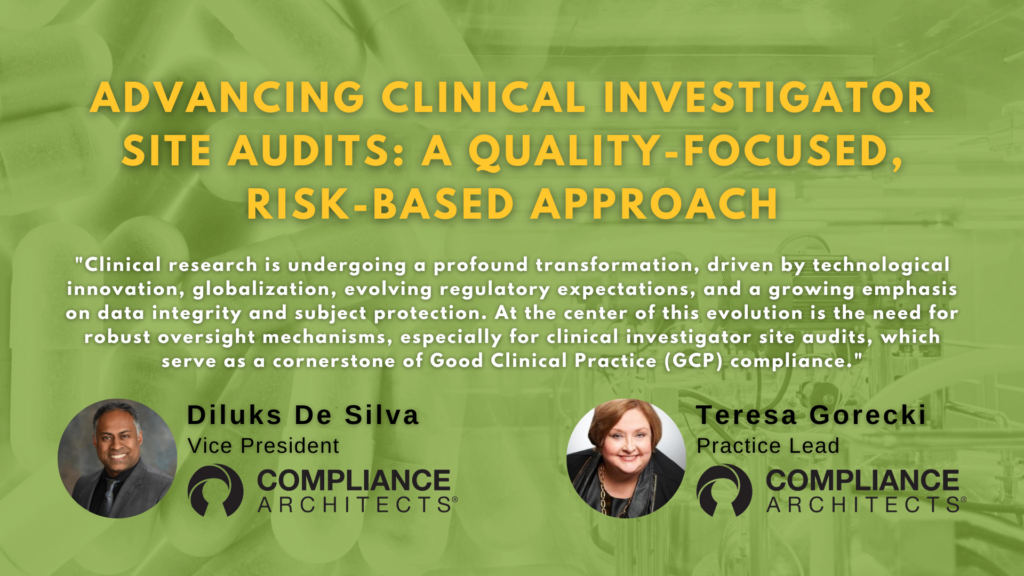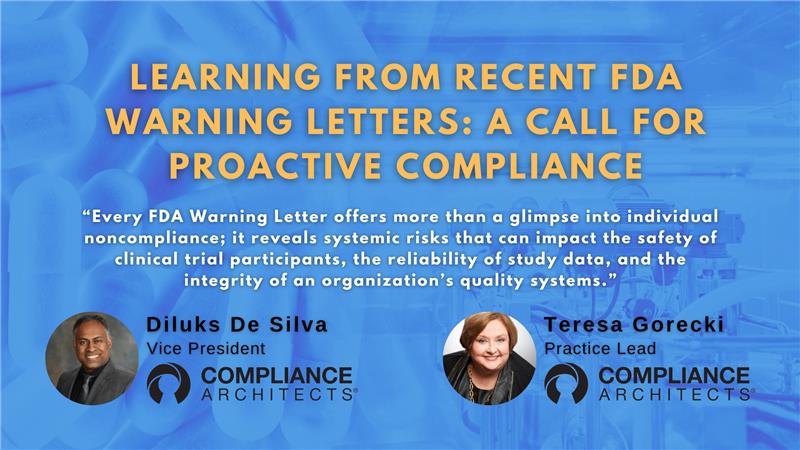Based on my recent discussions with clients and industry stakeholders, the consequences of the Supreme Court’s recent Loper Bright v. Raimondo decision have become significant speculation within the FDA-regulated industry. Loper Bright—or, as I refer to it, the “Compliance Consultant and Lawyer Reauthorization Act of 2024″—signals a profound shift with far-reaching and uncertain implications for businesses struggling to obtain compliance and regulatory certainty.
Many organizations have done an excellent analysis of this important decision. See Regulatory Compliance in a Post-Chevron World: Fasten Your Seatbelts and After Chevron: What the Supreme Court’s Loper Bright Decision Changed, And What It Didn’t (harvard.edu). Although the Court appeared to attempt to limit the scope and scale of the decision’s impact, the impacts on the FDA-regulated industry could be significant.
Table of Contents
Fragmented Regulation: A New Era of State Oversight?
A possible outcome of the Loper Bright decision resulting in reduced federal regulatory oversight could catalyze a corresponding expansion of state-level regulations. States like California, New York, New Jersey, Massachusetts, and Virginia have strong consumer protection laws. These states may expand where the federal government has been forced to pull back. If this occurred, such regulatory fragmentation could, in theory, escalate compliance costs at a time when companies had been looking forward to the prospect of a greater harmonized regulatory environment.

Uneven Playing Field: Implications for Market Dynamics
The shift could also create unfair advantages by allowing new market entrants to circumvent established regulatory frameworks. Established companies, accustomed to complying with rigorous standards over decades, may face intensified competition from entities operating under less stringent guidelines.
Predictable Outcomes Under Siege: Impact on Business Investment
Businesses thrive on predictable outcomes essential for strategic capital allocation and long-term planning. The erosion of regulatory certainty following the Loper Bright decision introduces a volatile landscape that could deter investments, undermining economic growth and stability.
Stare Decisis in Question: Legal Precedents and Investment
Chevron was once considered a settled law, providing a solid foundation for regulatory compliance and investment decisions. With stare decisis under attack, businesses face uncertainty over the predictability of regulatory requirements and expectations they’ve invested in, posing challenges to long-term capability development and strategic planning.
Litigation vs. Regulation: Shifting Enforcement Tactics
In an uncertain regulatory climate, agencies may pivot towards litigation as a primary enforcement tool, seeking judicial resolutions over traditional (and often collaborative) administrative approaches. Such an unfortunate shift could replace traditional regulatory processes with courtroom battles, altering how compliance outcomes are determined and ultimately increasing costs, reducing outcome predictability, and impacting business resource allocation.

Diminished Stakeholder Participation: The Erosion of Regulatory Process
Notice and comment rulemaking, a cornerstone of the collaborative administrative governance process, is at practical risk from the new Loper Bright regulatory uncertainty. Industry stakeholders may eventually lose their critical voice in developing regulations, guidances, and other granular documents that govern the great majority of activities regulated companies undertake.
Instead of this direct collaborative participation, companies may need to resort to hired guns such as lobbyists and lawyers to influence judicial reviews and the development of new and revised statutes. Such a change in approach would be far removed from the scientific, technical, and medical nuances currently critical to creating a governance framework that balances the needs of industry and the American consumer/patient.
Navigating the Uncertain Terrain Ahead
In conclusion, the Loper Bright decision is a monumental one with far-reaching potential impacts and may upend years of symbiotic coexistence between the regulators and the regulators. It is now possible that what was once regulatory clarity may regress to regulatory uncertainty. Its impact reverberates beyond FDA-regulated industry, prompting stakeholders of all industry verticals to reconsider strategies amidst shifting legal principles. As stakeholders adapt to this new reality, the true extent of its implications will unfold, shaping the future of compliance and regulatory landscapes in unforeseen ways.
Contact Us
If you need help navigating Loper Bright’s potential impacts on your FDA-regulated operation, please fill out the form below to contact our team.





